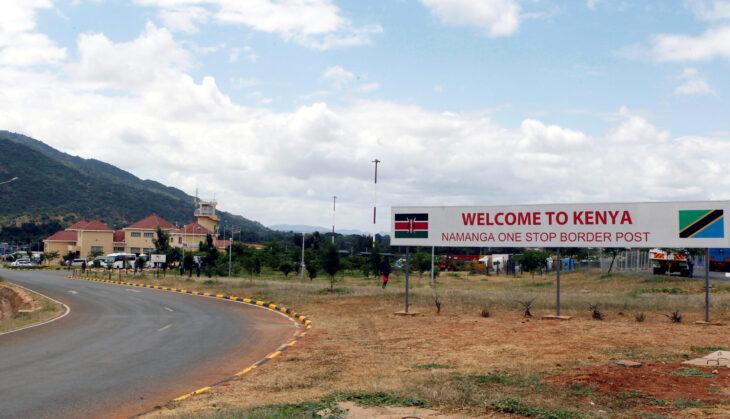Africa-Press – Lesotho. Regional economic and political integration — allowing the free movement of goods, services, people and capital between national markets as well as forming federations — have been on Africa’s agenda since independence in the 1960s.
The integration process currently revolves around an array of regional economic communities, including eight recognised as the building blocks of the African Union (AU).
The East African Community (EAC) comprised of Burundi, Kenya, Rwanda, South Sudan, Tanzania and Uganda is one of these economic blocs. And while it started off with good intentions, the reality of the situation is far from the imagined utopia.
While the EAC is already a customs union and a common market – supposedly in the process of forming a monetary union, and even a future political federation – the region is beset by all manner of trade wars.
Trade conflicts in the region include border closures and denial of national airspace to commercial flights from partner states. Put differently, the EAC is prone to undermining its integration agenda to the extent that its entire project often appears to be on the verge of collapse.
In theory, the level of integration in the East African Community is impressive. With a population of 177 million and a combined GDP of $216bn, the EAC is comprised of:
Comparatively, the EAC’s GDP is equivalent to Greece: one of the EU’s poorest member states. The call for creating the EAC was the member states’ understanding that on their own, they were simply too small to prosper.
At first glance, it appears that the East African Community has achieved considerable results since it was launched on July 7, 2000. On 1 February 2019, the EAC heads of state determined that political confederation is a top priority and nominated Uganda’s President Yoweri Museveni to provide guidance towards reaching that goal.
The theory and practice of regional integration in the East African Community are unrelated. At present, the borders between Rwanda and Uganda have been shut since February 28, 2019.
So are the borders between Rwanda and Burundi. This group of EAC states accuse each other of sponsoring political movements seeking regime change. As a result, Uganda’s and Burundi’s trade with Rwanda is down to a trickle due to political hostilities between the three EAC states.
Tanzania has locked out Ugandan timber, sugar and maize. Meanwhile, Kenya is reluctant to open its market to manufactured products from Uganda and more recently, milk.
More recently, the Tanzanian government barred Kenya’s national airline, Kenya Airways, from flying to Tanzania.
This was in retaliation to Kenya’s blockage of Tanzanian truck drivers from entering Kenya’s territory, fearing they would spread COVID-19. In other words, all manner of non-tariff barriers has rendered the EAC intra-regional trade a fiasco.
Perhaps, the EAC’s handling of the coronavirus crisis is most indicative of the dysfunction in the region’s integration process. The leaders of the East African Community have not met at least virtually to form a coordinated regional response to the pandemic.
The EAC heads of states’ summit to address this matter scheduled for 16 April 2020 was postponed, and has not yet convened as of August 2020. The benefits of economic integration were well known by the founders of the East African Community.
The founders rightly believed that the common market reduces the costs of trade, improves the availability of goods and services, promotes cross-border investment, and above all creates prosperity and employment opportunities in partner states.
Wealth-creation is especially essential because the overwhelming majority of the 177 million EAC population still live in extreme poverty.
The percentage of the population that lives on less than $1.90 a day: The EAC, therefore, needs to practise what it preaches, which is to implement a genuine common market in which all member states operate according to the agreed rules and time-frame. There is no halfway measure; it is either integration or no integration.
For More News And Analysis About Lesotho Follow Africa-Press






